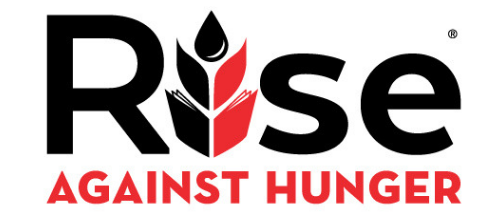Water Management Increases Crop Yields
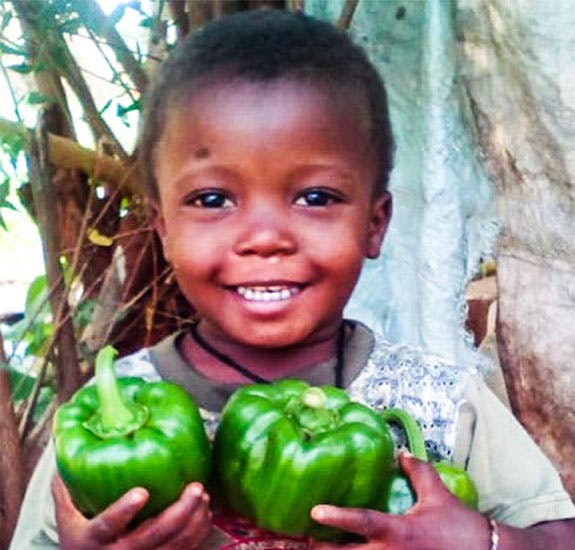
Editor’s Note: This blog is the third and final post in a three-part series for Earth Day 2021, with the theme “Three Days of Climate Action.” The first post focused on youth, the second post focused on education, and today’s post will focus on Earth Day, which is today! Read more below.
In southern Senegal, the dry season begins in October and continues through May. Yet, once the rains come, they come as a deluge, battering the corrugated iron roofs and forming small rushing rivers along the streets. While the rain is a welcome sight, cooling the air and replenishing the water tables, it can also leave a path of destruction, flooding gardens and fields.
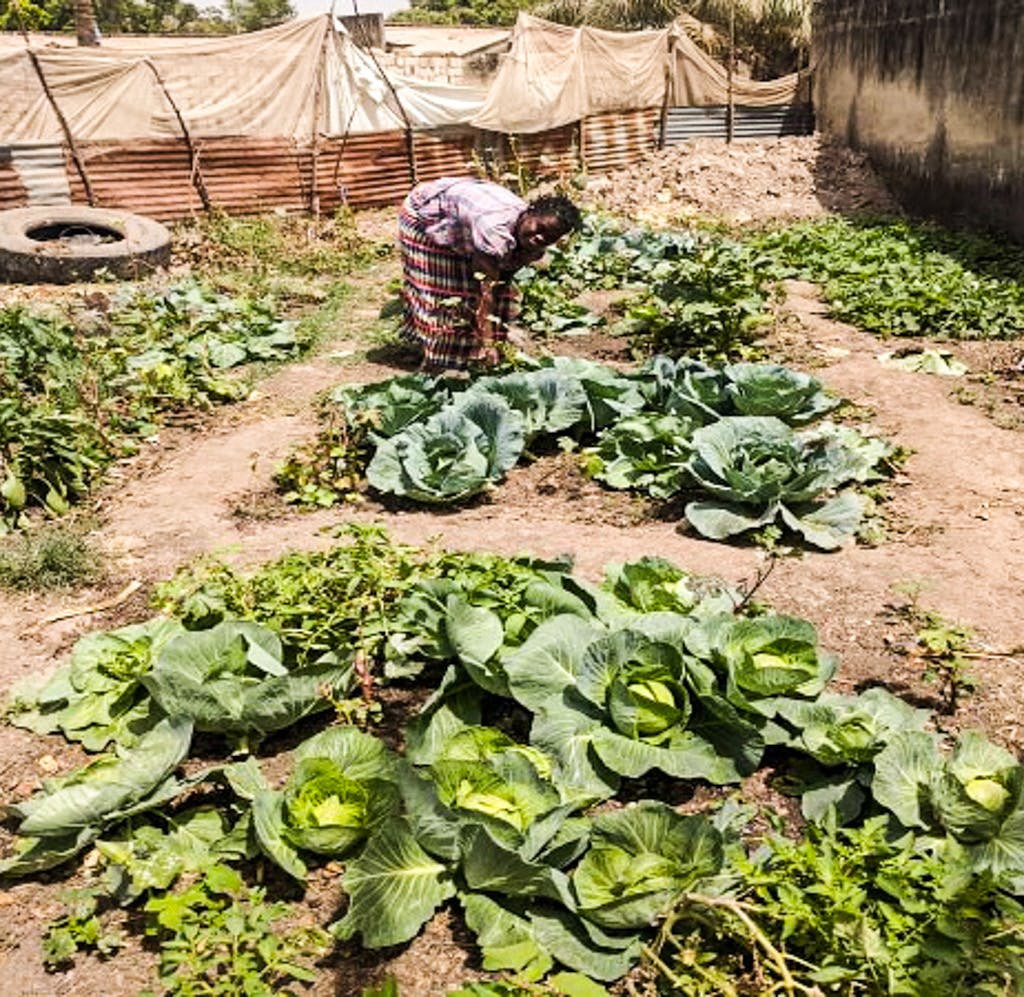
The tenacious team at Rise Against Hunger’s partner, Development in Gardening, were determined to harness this powerful rain in support of food security, rather than let it wash away hard-won nutrients in the soil. To find a solution, they turned to an everyday, readily available item. Normally, it’s most useful when its tread is strong, and it’s in motion. For the 13 community gardens in the Ziguinchor area, these worn circles of black rubber, discarded at mechanics and garages, became the strong arms that cradled tiny plants and enabled them to grow into thriving vegetables.
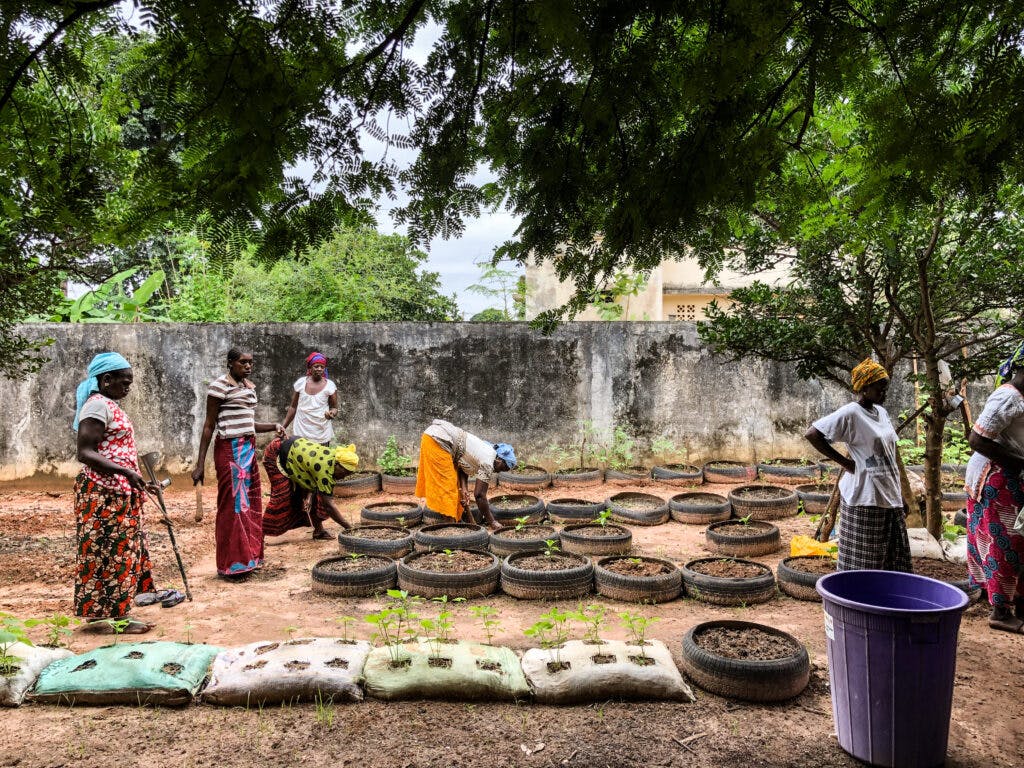
In dozens of tires at each garden, vegetables burst forth — eggplants, Swiss chard, beets, okra and local varieties like boroboro and bitter eggplant. The depth of each tire was sufficient to keep the plants above the floodwaters.

Now, in April, the gardeners in Ziguinchor face another challenge. It’s been seven months since any rain fell, and the water tables are getting empty. The typical, hand-dug wells are beginning to run dry. Until the rains come again in June or July, some gardeners may have to set aside their watering cans and hope for consistent rain to come.
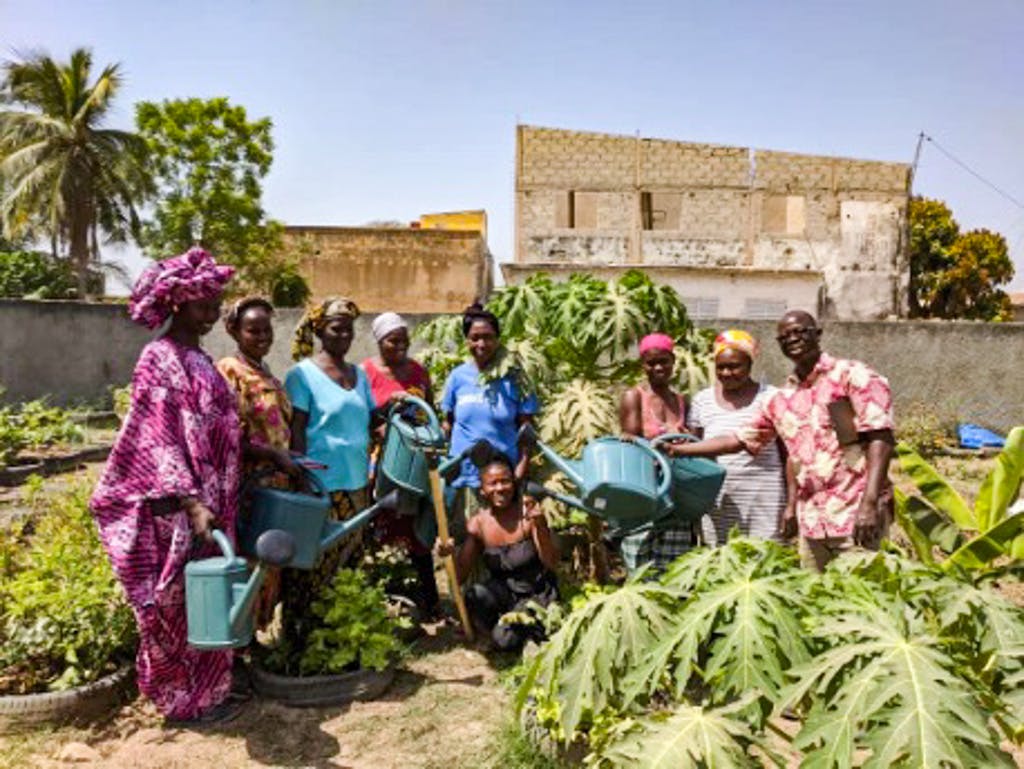
Luckily, through the Leveraging Agriculture to Unite Communities and Hospitals project, participants are beginning to learn how to design their growing seasons. Many vegetables mature after 60 to 120 days. If they time it right, the gardeners can bring products to market when the supply is low and the profit is high. Most importantly for water management, the last crop of the dry season can be aligned with the last of the water in the wells. By the time the wells are running dry, the vegetables are almost ready to harvest and don’t need much water to ripen. The consistent availability of produce, through thoughtful water management, ensures that participants and their families access healthy diets year-round.
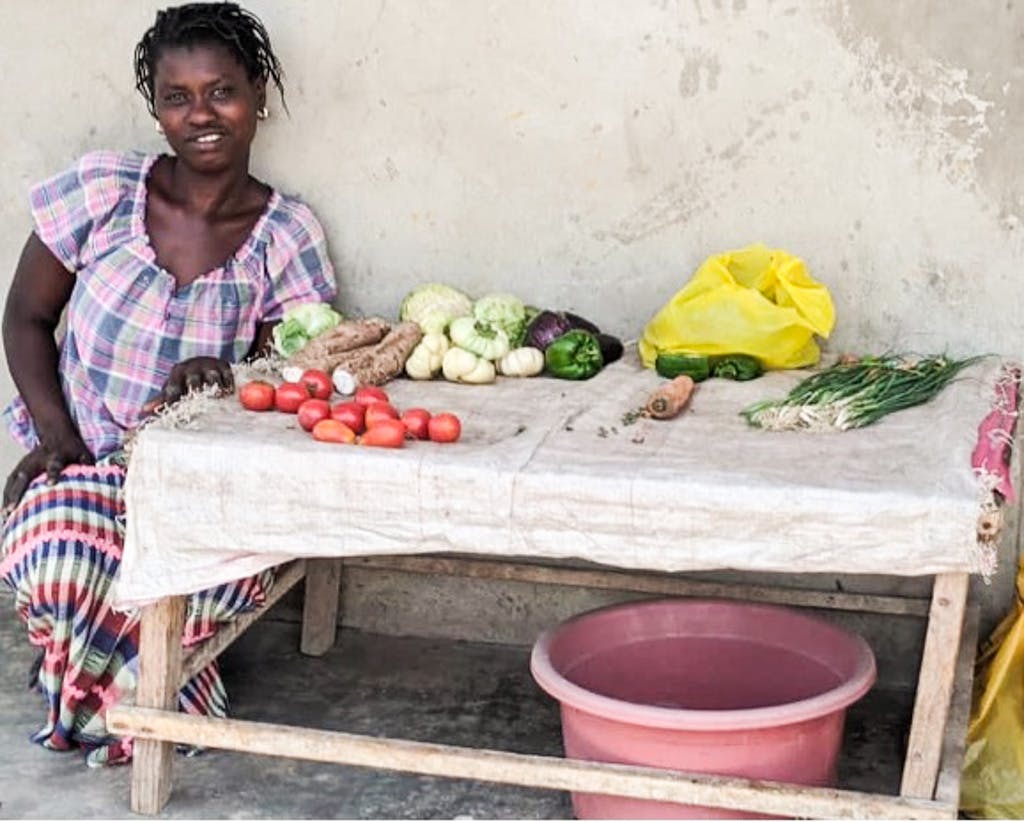
To support Rise Against Hunger’s efforts to empower communities worldwide, please give now.
